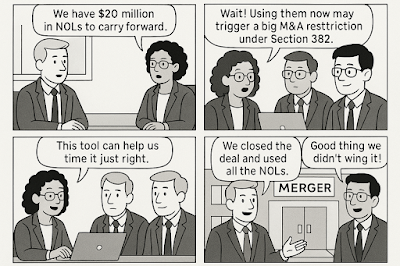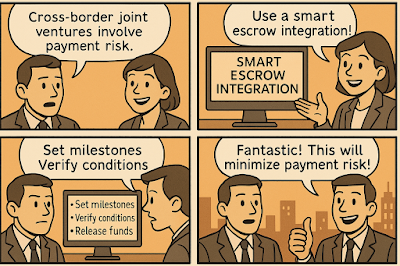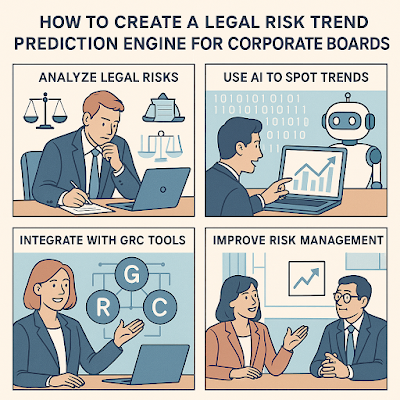Tools for Timing NOL Carryforwards Before M&A Transactions

Tools for Timing NOL Carryforwards Before M&A Transactions Ask any seasoned CFO about the most overlooked tax goldmine in a deal, and you'll likely hear: “NOLs.” Net Operating Losses are more than just line items—they’re powerful levers that, if timed right, can unlock millions in savings. But without a strategy? They might just sit idle, never reducing a dollar of tax liability. In mergers and acquisitions, timing the usage of NOLs (Net Operating Losses) can be the difference between tax brilliance and tax blunders. This post will guide you through essential tools and strategies to maximize their impact—before any deal closes. 📌 Table of Contents Understanding NOLs in the Context of M&A How Section 382 Changes the Game Top Tools for Timing NOL Utilization Real-World Case Study: A $50M Mistake Avoided Due Diligence Checklist for NOL Optimization Conclusion & Key Takeaways Understanding NOLs in the Context of M&A Net Opera...









